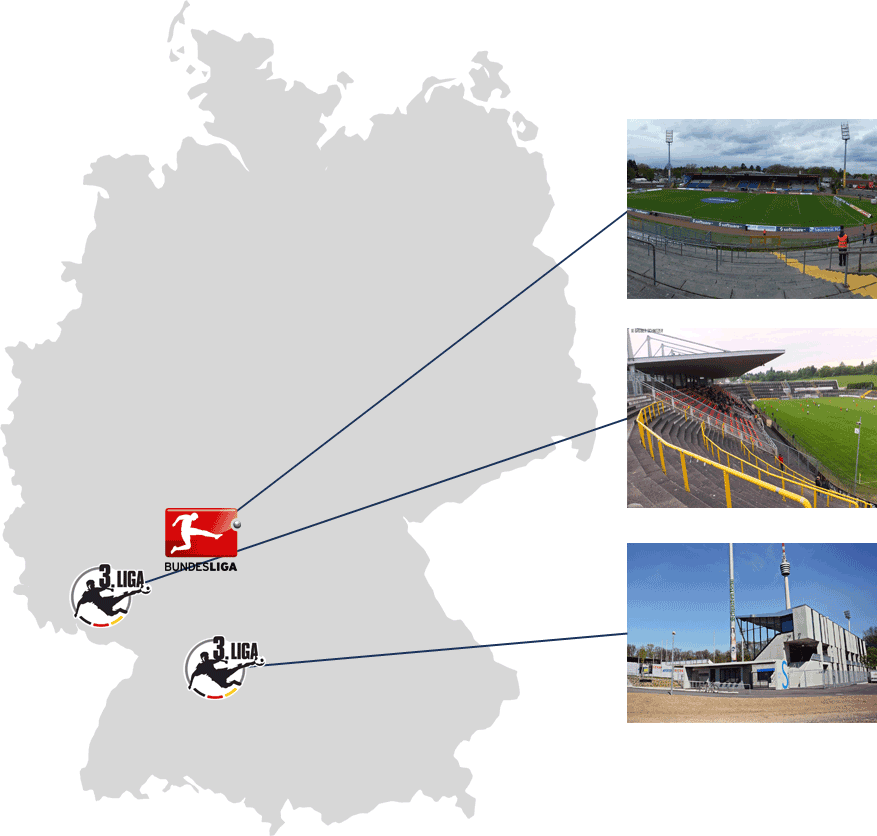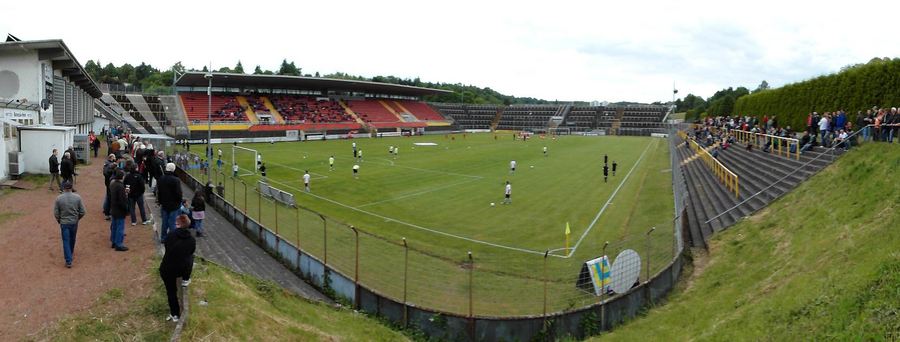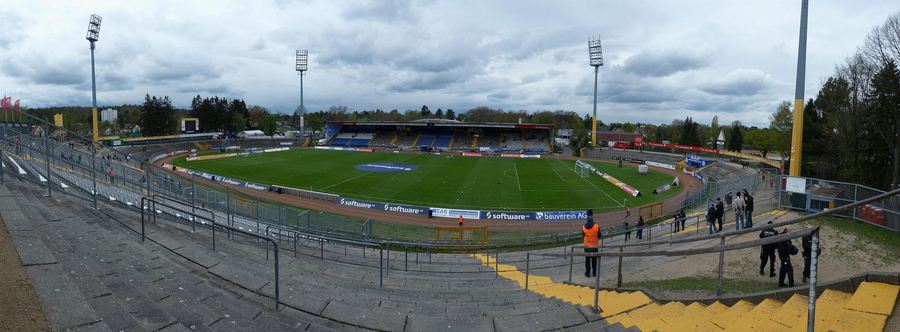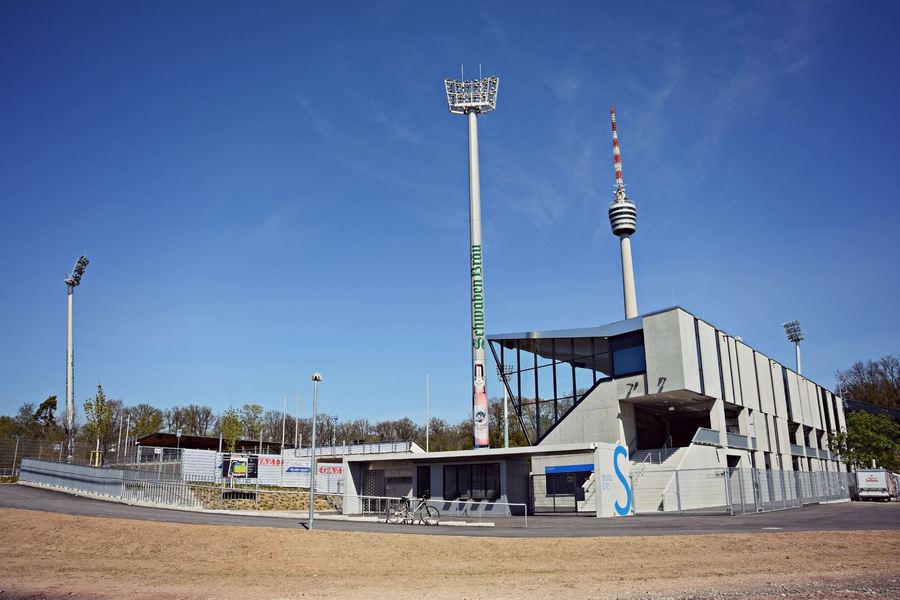New stadiums: Darmstadt, Neunkirchen and Stuttgart
source: StadiumDB.com; author: michał
 Only one of them is a Bundesliga stadium, but it’s neither the biggest nor the most modern one. Please welcome three latest German additions to StadiumDB.
Only one of them is a Bundesliga stadium, but it’s neither the biggest nor the most modern one. Please welcome three latest German additions to StadiumDB.
Advertisement

Ellenfeldstadion, Neunkirchen (23,400)

Considered to be one of the most charming stadiums in the region, the home of Borussia Neunkirchen was built in 1912 and to date retained much of the initial structure. Of course a lot has also changed, but the charm (partly “owed” to Borussia’s turbulent history) was kept alive by late renovations. Even the wooden benches from the initial main stand expansion (1930) weren’t removed until 2002.
As said, the main stand received its first seated and covered section in 1930 and further sections raising 15 meters above the initial bowl were added in 1960s. The last major redevelopment dates back to 2002, when 2,300 bucket seats were installed and roof was replaced.
Thanks to the expanded terraces capacity grew to 30,000 at peak and in their best years the club managed to draw even 18,500 on average. Current size is lower as parts of the north side were dismantled.
Merck-Stadion, Darmstadt (17,000)

This stadium’s history began in 1919, when a merger saw the predecessor of SV Darmstadt 98 created. Growing club needed a new home and location for that was selected just beside already existing university stadium in south-eastern Darmstadt. Upon opening in 1921 it could hold 8,000 people, many on a wooden grandstand in the west.
Böllenfalltor was used for baseball by American soldiers after the WWII until it was redeveloped in 1950-52 with new landfill terracing created on three sides.
The fourth waited until 1975 to see a complete new grandstand built, the one existing to this day. Seeing the club’s promotion to the Bundesliga, the landfill terracing was expanded in 1978 to accommodate 30,000 people, while in 1981 the floodlights were replaced. Since then the shape hasn’t changed significantly, though changing safety norms led to the capacity being nearly halved.
Gazi-Stadion, Stuttgart (11,408)

The home ground of Stuttgarter Kickers was opened in 1905 as part of a major sports complex. To this day the Waldau district holds Stuttgart’s largest set of sports fields.
Interestingly, Kickers are Germany’s longest standing tenants of a single stadium. Although the team had some breaks for safety/infrastructural reasons, they always returned home to Waldau. The stadium owes its most common name (from 1987 the official one) to the district, though since 2004 it’s got a naming rights partner.
Today’s stadium is nothing like the initial one, but the old wooden grandstand built in 1905 was here until 1970s. From 2015 the entire field has sections for fans along all the perimeter, beforehand there was only a modest stand in the south. The new southern section cost €14.6 million and comprises all necessary infrastructure along with 2,211 seats.
Bulk of the spectators are located in the north, where the stadium’s only covered terrace is located. It also houses the away section. Both end zones are just over 2,000 in terms of capacity.
Advertisement
 StadiumDB
StadiumDB